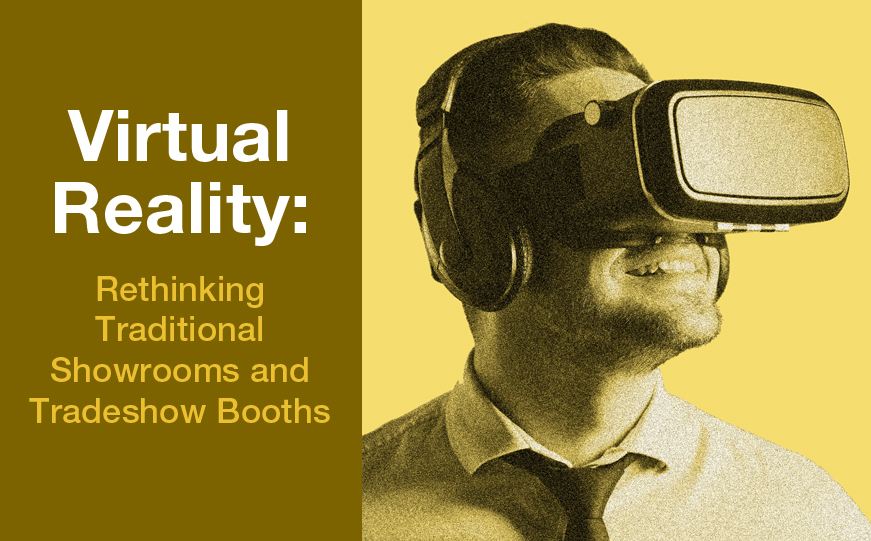A new way of showcasing products and services is here: the virtual or augmented reality. And it is going to revolutionize how and where high-end products are sold.
For decades, we have been trying to find inventive ways to give customers a multi-dimensional experience. Where museum and landmark tours once involved walking quietly from point to point reading inscribed plaques, now guided and/or headset tours give visitors the audible – the story – behind the items they are seeing.
More than 10 years ago, Realtors® introduced virtual tours to the home selling experience. With special cameras and video-editing tools, Realtors® created “spin” tours of the main rooms of the house. This feature was able to give potential buyers a truer perspective of room size, shape and relation to other rooms of the home – something that 2-D photos and floor plans simply could not provide.
When the Nintendo Wii was introduced in late 2006, it became the “must-have” item for kids and adults of all ages. The motion-detection controller allowed for a more active gaming experience. This was followed by Microsoft’s Xbox Kinect Sensor, which took responsive gaming to the next level. Referencing Microsoft, Wikipedia notes: “Based around a webcam-style add-on peripheral, it enables users to control and interact with their console/computer without the need for a game controller, through a natural user interface using gestures and spoken commands.”1
Virtual Reality Is Here: Not Just for Kids & Gamers
Today, there is a new technology taking society by storm – virtual reality. In fact, a recent article by AdAge notes that big brands like McDonald’s and HBO have dipped their toes in the realm of virtual reality.
The article explains, “Virtual reality could be a dream for marketers, potentially immersing consumers in brands or products while shutting out the real world. And this might be the pivotal year. VR is expected to be a $1 billion business in 2016, according to Deloitte Global, with hardware sales comprising $700 million and content spending contributing the rest.”2
And the home product industry is jumping onboard, too. Earlier this month, Wayfair Inc., an online home furnishings and décor company, announced the launch of WayfairView, which “allows shoppers to visualize furniture and décor in their homes at full-scale before they make a purchase.”3
Which begs the question: Why can’t virtual reality be integrated into a showroom or trade show experience?
Imagine your customers stepping into a virtual reality world inside your next big tradeshow booth, where walls could talk – and interact – based on their movements. Picture how amazed your potential clients would be if they could walk the hallways of one of your projects towards the kitchen, open the refrigerator and grab a (virtual) beer before heading out to the deck to overlook the beautiful city skyline.
Let’s play (pun intended) this out a bit.
With virtual reality technology, a kitchen showroom could now have hundreds of options of cabinetry, flooring, faucets, light fixtures, countertops and more – instead of the 4 to 5 that they currently have. Product updates from manufacturers could be downloaded automatically so that your showroom is always current. Customers could get a truly immersive experience where they could walk into a kitchen and test various faucets, alter the look by the choice of cabinetry and countertop and see how smoothly pull-down racks function. They could also experience the space from an ergonomics perspective to help them decide if they want 36” or 42” high countertops.
From the buyers’ viewpoint, if given the choice of visiting the showroom with limited options or the one that has been empowered by augmented reality, my bet is that they aren’t going to want to pick cabinets and faucets from a 2-D picture in a catalog.
Virtual reality technology is already available and becoming mainstream. It’s up to us to find inventive ways of making it work for our industry. Your challenge is to think about how you can redo your tradeshow booth or showroom (or contact us) to integrate virtual reality technology and give potential customers a completely personalized and immersive experience.
[1] Source: https://en.wikipedia.org/wiki/Kinect
[2] Source: https://adage.com/article/media/cmo-s-guide-virtual-reality/303902/
[3] Source:




